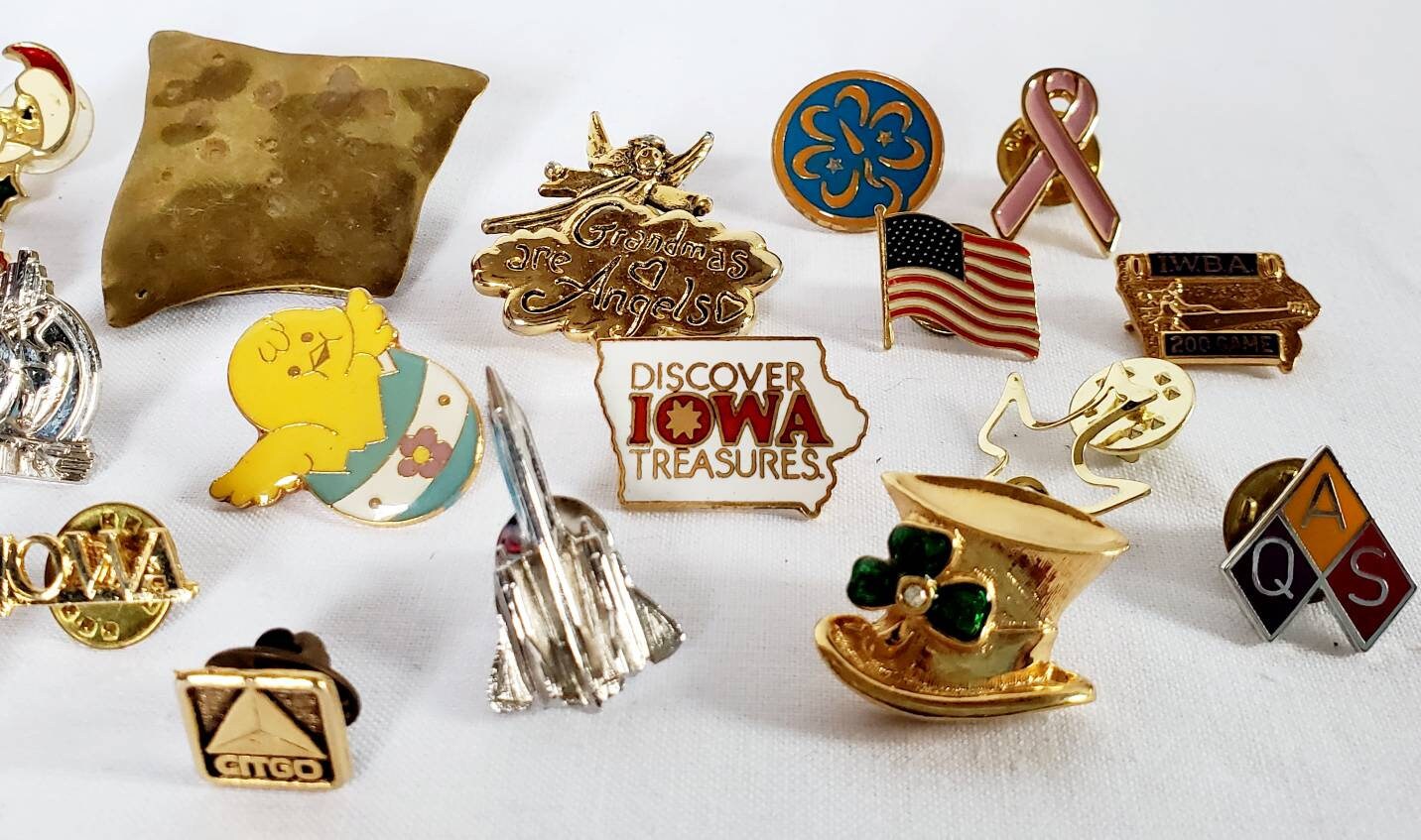Origami, the ancient Japanese art of paper folding, has captivated hearts and minds for centuries. From simple paper cranes to intricate modular designs, origami offers a world of creativity and beauty through the transformation of a humble sheet of paper. In this blog, we’ll explore the history, techniques, and the enduring appeal of origami as an Articles form.
A Glimpse into History
Origami’s roots can be traced back to ancient Japan, where paper was a precious and rare commodity, making the art form all the more fascinating. It’s believed that origami began as a pastime among the Japanese elite, where the practice of folding paper was reserved for religious rituals and ceremonial occasions. The earliest known origami model is a crane, which has become an iconic symbol of the craft.
Over time, origami spread beyond Japan’s borders and evolved into an international art form. Now, artists from around the world create stunning origami designs, showcasing the infinite possibilities that can be achieved with a simple piece of paper.
The Basics of Origami
Origami, at its core, is about folding a single sheet of paper into various shapes and figures through a series of precise, calculated folds. It’s remarkable how a flat piece of paper can be transformed into a three-dimensional sculpture, and it’s this transformation that makes origami so captivating.
Here are some key points to understand about origami:
- Paper: While traditional origami uses a square sheet of paper, modern origami artists have expanded to include various types of paper, including different sizes, colors, and textures.
- Folding Techniques: Origami employs a variety of basic folds, including valley folds, mountain folds, and reverse folds. Understanding these fundamental techniques is crucial to mastering the art.
- Diagrams and Crease Patterns: Origami instructions are often presented in the form of diagrams or crease patterns, which show the sequence of folds necessary to create a specific design.
- Origami Symbols: To facilitate understanding, origami diagrams use standardized symbols to represent different types of folds, such as arrows for direction or dashed lines for valley folds.
- Modular Origami: In addition to single-sheet origami, modular origami involves creating complex structures by folding multiple units and interlocking them to form larger and more intricate designs.
The Magic of Precision
Origami demands precision and patience. Every fold and crease must be accurate, as even the tiniest error can lead to a distorted or incomplete creation. This attention to detail is what makes origami an art form, and many practitioners find the process of folding and refolding to achieve perfection to be meditative and deeply rewarding.
Creativity Unleashed
Origami’s appeal goes beyond its technical aspects. It’s a medium that allows artists to express themselves and experiment with endless possibilities. Talented origami artists can create everything from animals and plants to complex geometric shapes and abstract sculptures. Some even incorporate origami into other artistic endeavors, such as fashion, product design, and even architecture.
Origami’s adaptability and the scope for personal expression make it an accessible art form for people of all ages and skill levels. Whether you’re a beginner or an experienced folder, there’s always something new to explore and create in the world of origami.
Benefits Beyond Art
Beyond the joy of creating beautiful shapes from a blank sheet of paper, origami offers several practical benefits:
- Stress Reduction: The focus required for precise folding can be a form of mindfulness, reducing stress and promoting relaxation.
- Educational Value: Origami teaches geometry, problem-solving, and spatial reasoning, making it an excellent educational tool for children and adults.
- Social Connection: Origami can be a communal activity, bringing people together to share their creations and techniques.
Conclusion
Origami is more than just a craft; it’s a captivating art form that brings together history, creativity, and precision. It’s a testament to the transformative power of imagination and the elegance of simplicity. So, if you’re ever in need of a therapeutic and artistic outlet, consider picking up a piece of paper and folding your way into the enchanting world of origami. Whether you’re making a paper crane for good luck or an intricate modular masterpiece, you’ll find that the art of origami is a beautiful and rewarding journey.



